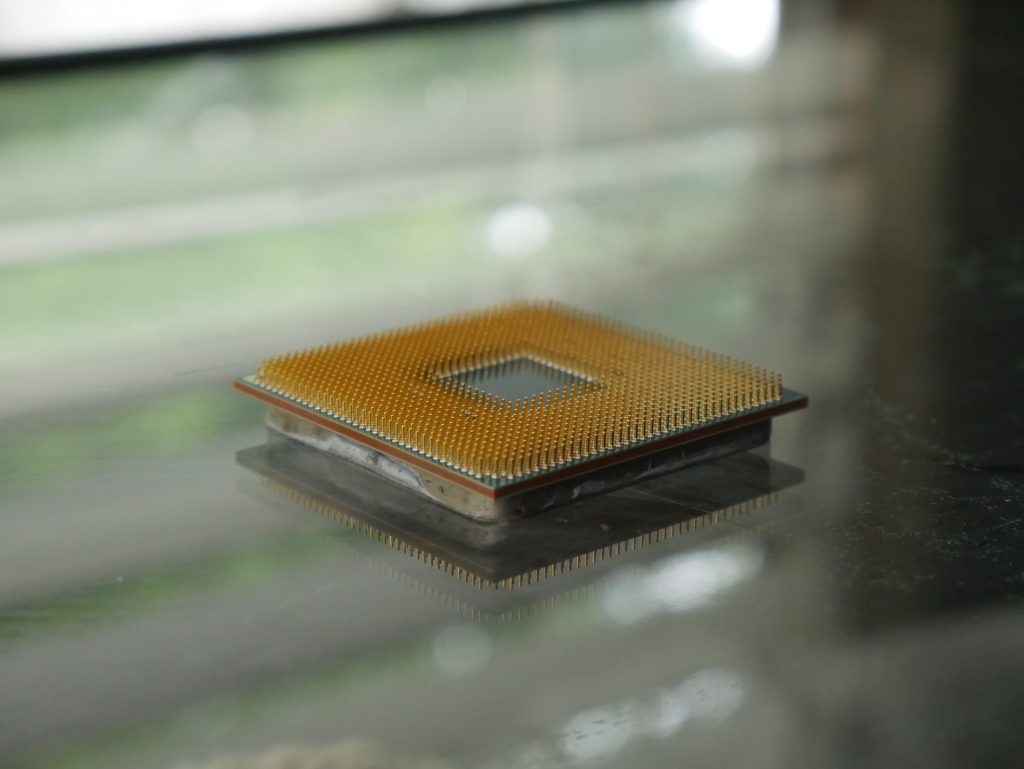Image Generated Using DALL-E
Semiconductor Testing
Semiconductor testing, also known as integrated circuit (IC) testing or chip testing, is a critical process in the semiconductor manufacturing cycle. It verifies that ICs function before being deployed in various applications, ranging from consumer electronics to critical automotive systems. This testing phase ensures that only devices meeting the required performance, functionality, and reliability specifications reach the market.
In a nutshell, semiconductor testing involves applying electrical signals to a chip and measuring the output to assess its performance against predefined criteria. The process is carried out using specialized equipment known as automated test equipment, capable of conducting various electrical tests. Testing can occur at several stages of the semiconductor manufacturing process, including:
Wafer Testing (Wafer Sort): Test individual chips while still part of the silicon wafer before they are cut out and packaged.
Package Testing (Final Test): Testing the chips after they have been packaged to check for defects at the final stage.
Burn-In Testing: Exposing chips to stress conditions (e.g., high temperatures, voltage) to identify early failures.
The results from semiconductor testing provide valuable feedback to both designers and manufacturers, highlighting potential areas for improvement in chip design and fabrication processes. This feedback loop is crucial for advancing semiconductor technology and increasing yields.
Test Program And Time Taken
The development and execution of semiconductor test programs involve several challenges that can significantly extend the time and resources required:
Complexity: As semiconductor technology advances, chips become more complex, integrating billions of transistors into an ever-smaller area. This complexity makes the test program development more intricate and time-consuming.
Diverse Test Requirements: Each semiconductor product has unique test requirements based on its application, ranging from consumer electronics to automotive systems. Tailoring test programs to these specific needs adds to the development time.
High Coverage Requirement: High fault coverage is essential for reliability but requires comprehensive test scenarios and patterns, increasing test time.
Evolving Standards And Technologies: With continuous advancements in semiconductor technologies and standards, test programs must also evolve, necessitating frequent updates and revisions, which are time-intensive.
Equipment Utilization: Efficient use of expensive test equipment is crucial. Balancing thorough testing with efficient use of test resources is a constant challenge, as more extensive testing can lead to higher costs and longer test times.
Given the critical role of semiconductor devices in modern technology, the importance of thorough testing cannot be overstated. It is the final safeguard against defects and failures that could have widespread implications for manufacturers, consumers, and entire industries relying on these components.
The advancement of testing methodologies, including the integration of AI and machine learning, continues to be a key focus area for improving the efficiency and effectiveness of this crucial process

Using AI In Test Program Generation
Integrating Artificial Intelligence (AI) into the generation of semiconductor test programs represents a transformative approach to enhancing efficiency, coverage, and speed in the semiconductor manufacturing process.
The technical integration of AI can be segmented into several key areas, utilizing a variety of AI methodologies including machine learning (ML), deep learning (DL), reinforcement learning (RL), and neural networks.
A few potential use cases of AI in semiconductor test program generation:
Automated Test Pattern Generation: AI algorithms can automate the creation of test patterns, significantly reducing the time and expertise required to develop test programs manually. This automation can adapt to the complexity of the semiconductor device, ensuring comprehensive coverage more efficiently.
Predictive Fault Detection: AI can analyze historical test data to predict potential failure points in new chip designs. This predictive capability allows for targeted testing of high-risk areas, reducing the overall testing time without compromising fault coverage.
Optimization of Test Sequences: AI can optimize the sequence of test patterns to minimize the test time while maximizing fault coverage. This optimization includes identifying and eliminating redundant tests and prioritizing tests based on their likelihood of uncovering defects.
Adaptive Testing: AI-enabled test programs can dynamically adjust testing parameters in real-time based on interim results. This adaptability ensures more efficient use of test resources, focusing efforts where they are most needed.
Learning from Data: AI models improve over time, learning from every test executed. This continuous improvement cycle can lead to increasingly efficient test programs, reducing time and cost with each iteration.
By leveraging AI, the semiconductor industry can address the significant challenges associated with test program generation.
Future Course
The integration of AI in semiconductor test program generation is a transformative approach, leveraging advanced AI techniques to address the complexity and scale of modern semiconductor testing challenges.
By utilizing AI, the semiconductor industry can address the significant challenges associated with test program generation. AI not only promises to reduce the time and cost associated with testing but also improves the reliability and performance of semiconductor devices, ultimately benefiting manufacturers and consumers alike.

















